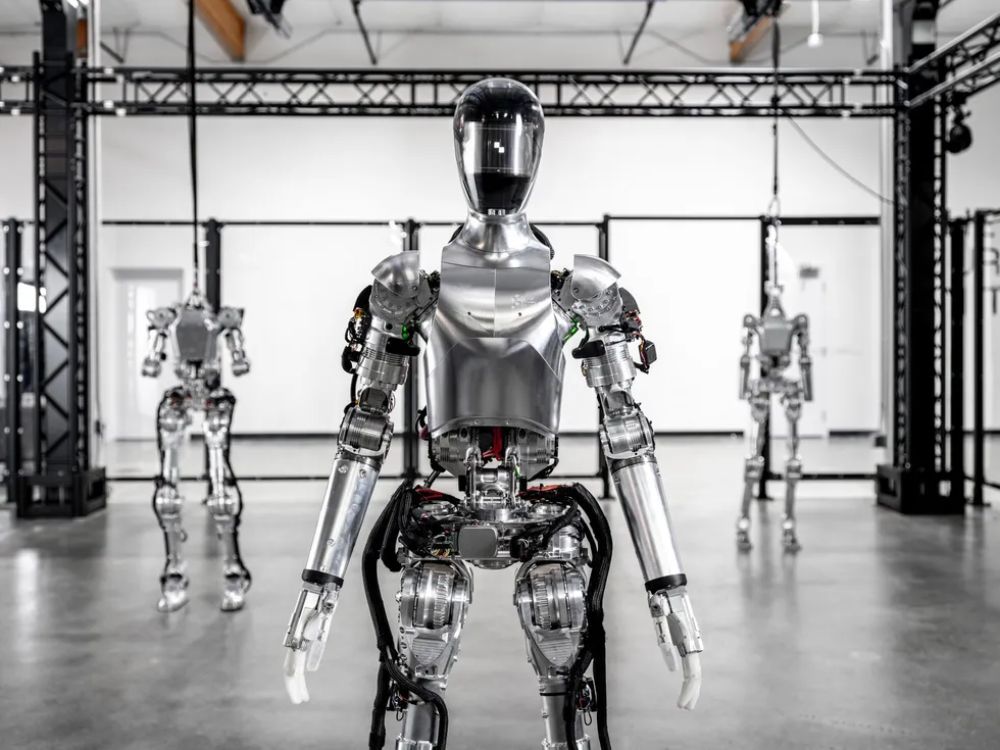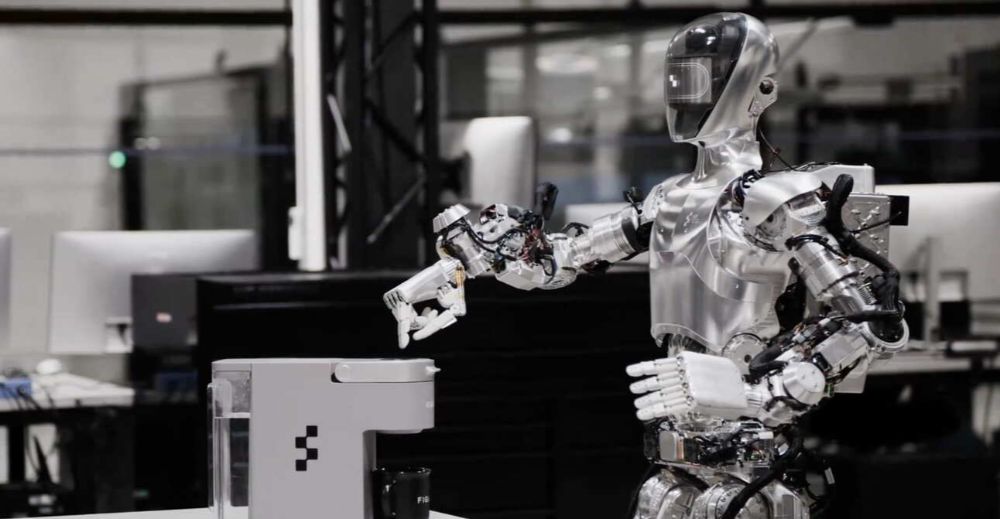Focusing on the future of robotics, Brett Adcock, co-founder of Figure, claimed a revolutionary ‘ChatGPT moment’ over the weekend. The humanoid robot developed by Figure has achieved a remarkable feat – the ability to observe and learn from human tasks, building its understanding and autonomously performing them.

General-purpose humanoid robots are envisioned to undertake a variety of tasks, requiring a profound understanding of tools, devices, objects, techniques, and objectives employed by humans across diverse working environments. The latest advancement, described by Adcock as a ‘ChatGPT moment,’ signifies a pivotal breakthrough in the field of humanoid robotics.
While Figure’s initial plan was to deploy the 01 robot for practical tasks within its premises by the end of 2023, the current status of the deployment remains unclear. However, the introduction of a watch-and-learn capability in a humanoid robot marks a significant milestone.

The Figure robot underwent a ten-hour study session through video observation, acquiring the capability to independently perform a task. This newfound autonomous action is cataloged in its library and can be shared across other Figure robots operating within the same system through swarm learning.

This development underscores the rapid progress in robotics, opening up possibilities that were unimaginable just a few years ago. The emergence of technologies like autonomous learning in humanoid robots signals a tipping point in both technological and societal landscapes. We stand at the threshold of a transformative era, potentially rivaling the magnitude of past revolutions, promising unparalleled ease and abundance. However, it also raises questions about the potential societal impacts, with some speculating on scenarios that could redefine human roles and interactions in ways previously deemed unthinkable. As humanoid robots advance with newfound capabilities, the future unfolds with exciting possibilities and challenging considerations.
